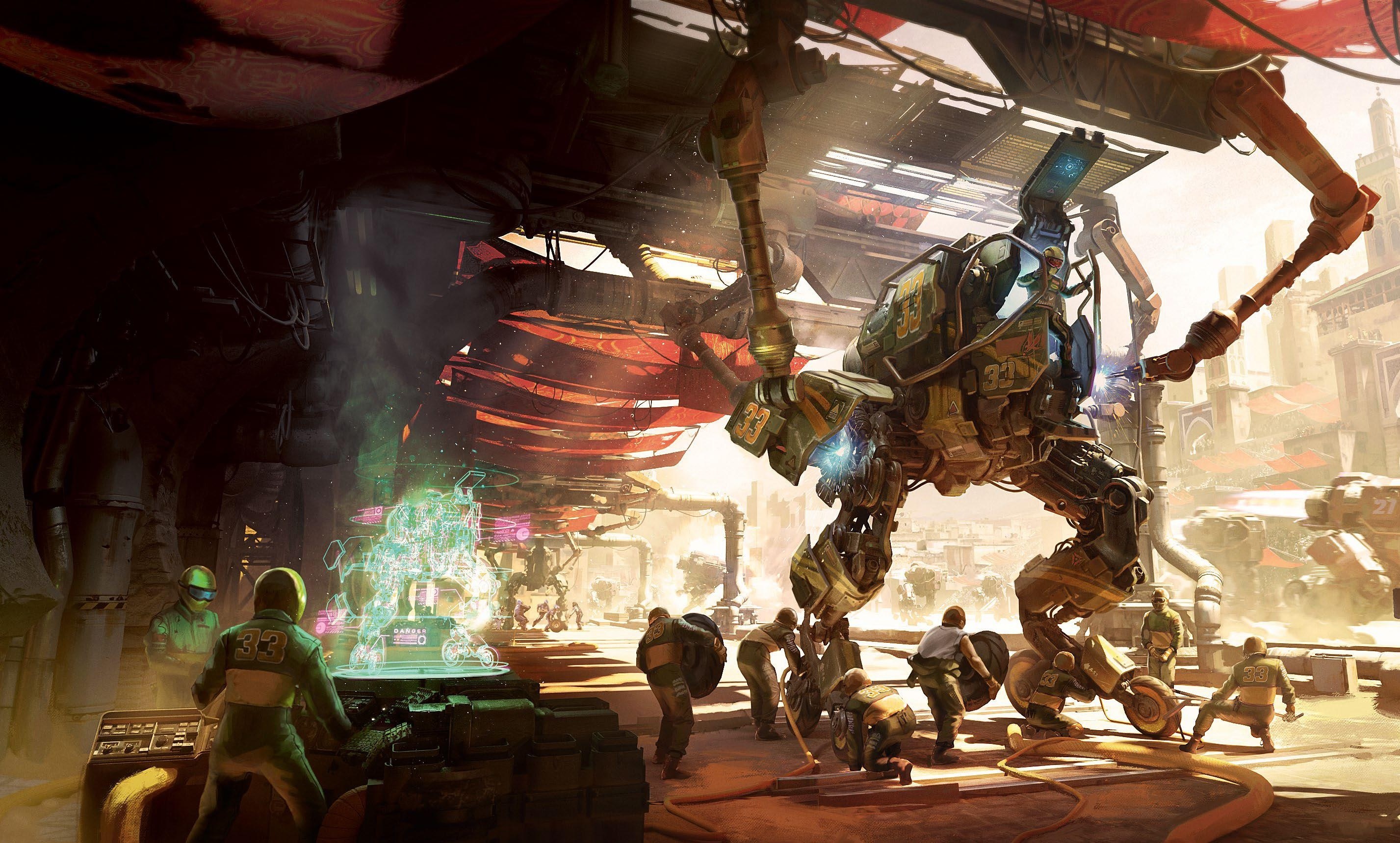
Getting a studio job isn’t the only way to have a career as a professional fantasy artist, but it does have some major advantages. Being surrounded by more experienced artists, regularly receiving their feedback and insight, usually means you improve much faster than you would as a freelancer, and the financial security of a regular paycheck means you can focus on your art without worrying about making rent.
But getting your first break can be tough. At the start of your career it can be difficult to know whether to produce work tailored to the studios you aspire to work at, or to lean into your own style.
"The path to your dream studio might not be a straight line, and that's okay!" says Dennis van Kessel, concept artist at Atomhawk, a studio that produces digital art and motion graphics for the games industry. "If you are looking for your first break into the industry, I wouldn't worry too much about matching a certain studio's style - especially if their style is extremely specific. As someone looking to get their foot in the door, you're better off having a wide range of options rather than putting all your hopes on getting a job at one or two studios."
Your portfolio is of course central to your application, so getting it right is crucial. "Your portfolio is only as good as your worst piece," says Dennis. "Many artists fall into the trap of wanting to show off an incredibly wide range of skills, but that is only worth doing if you have a consistent quality level across those skills. Focus on your strengths!"
WORK HARD, AND KEEP LEARNING
This story is from the {{IssueName}} edition of {{MagazineName}}.
Start your 7-day Magzter GOLD free trial to access thousands of curated premium stories, and 9,000+ magazines and newspapers.
Already a subscriber ? Sign In
This story is from the {{IssueName}} edition of {{MagazineName}}.
Start your 7-day Magzter GOLD free trial to access thousands of curated premium stories, and 9,000+ magazines and newspapers.
Already a subscriber? Sign In
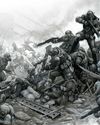
PAINT EPIC BATTLES IN TRADITIONAL INK
Warhammer illustrator THOMAS ELLIOTT shows you how to create an epic science fiction fight scene with this step-by-step guide
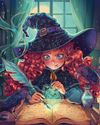
CONJURE MAGIC ILLUSTRATIONS
Daria Anako demonstrates her process for creating a whimsical piece of art with some spellbinding touches
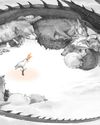
First Impressions
We discover the early influences that inspired the artist
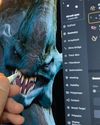
ZBrush for iPad
GAME CHANGER The desktop version of popular 3D sculpting software ZBrush has been redesigned for iPad - and it's brilliant
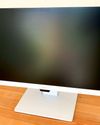
BenQ GW2786TC
GET AN EYEFUL Don't scrimp out on your health with a monitor that's kind on the eyes and good for creative tasks
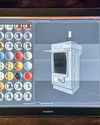
Huion Kamvas Pro 19
TABLET WARS An attractive pen display does an excellent job of balancing price and performance as it sets out to challenge its rivals in the mobile marketplace
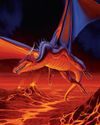
DRAGON OFORCEC
Legendary D&D artist Larry Elmore explains the keys to crafting timeless fantasy art.
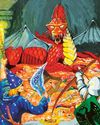
DUNGEON MASTERS
ImagineFX marks the milestone 50th anniversary of the launch of Dungeons & Dragons with a look at its rich tradition of illustration
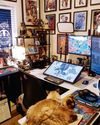
Erik Ly
Gamer's haven Why the artist enjoys a maximalist aesthetic more than the minimalist approach.
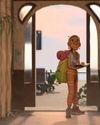
2D meets 3D: How the workflows are merging
Interdimensional As VFX and animation evolve and tools become more accessible, Tanya Combrinck asks whether the separation between the mediums is reducing